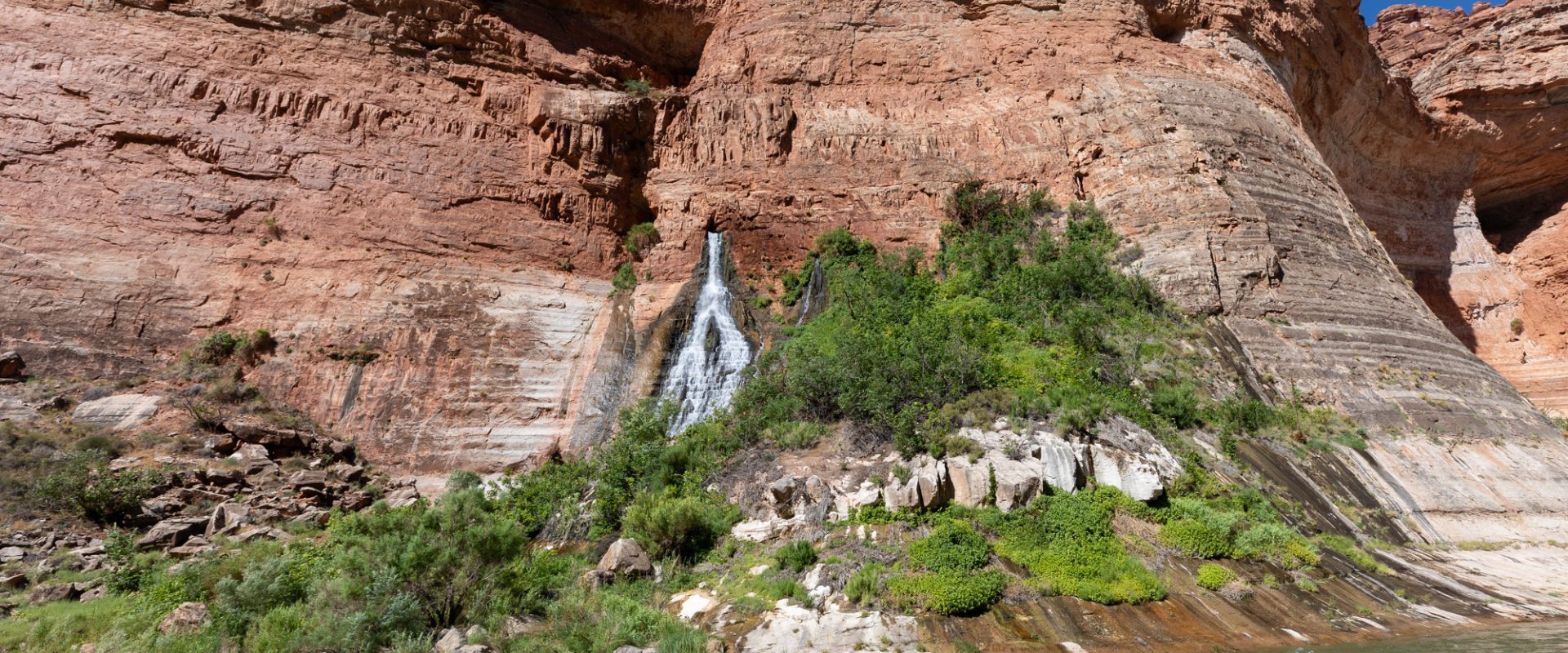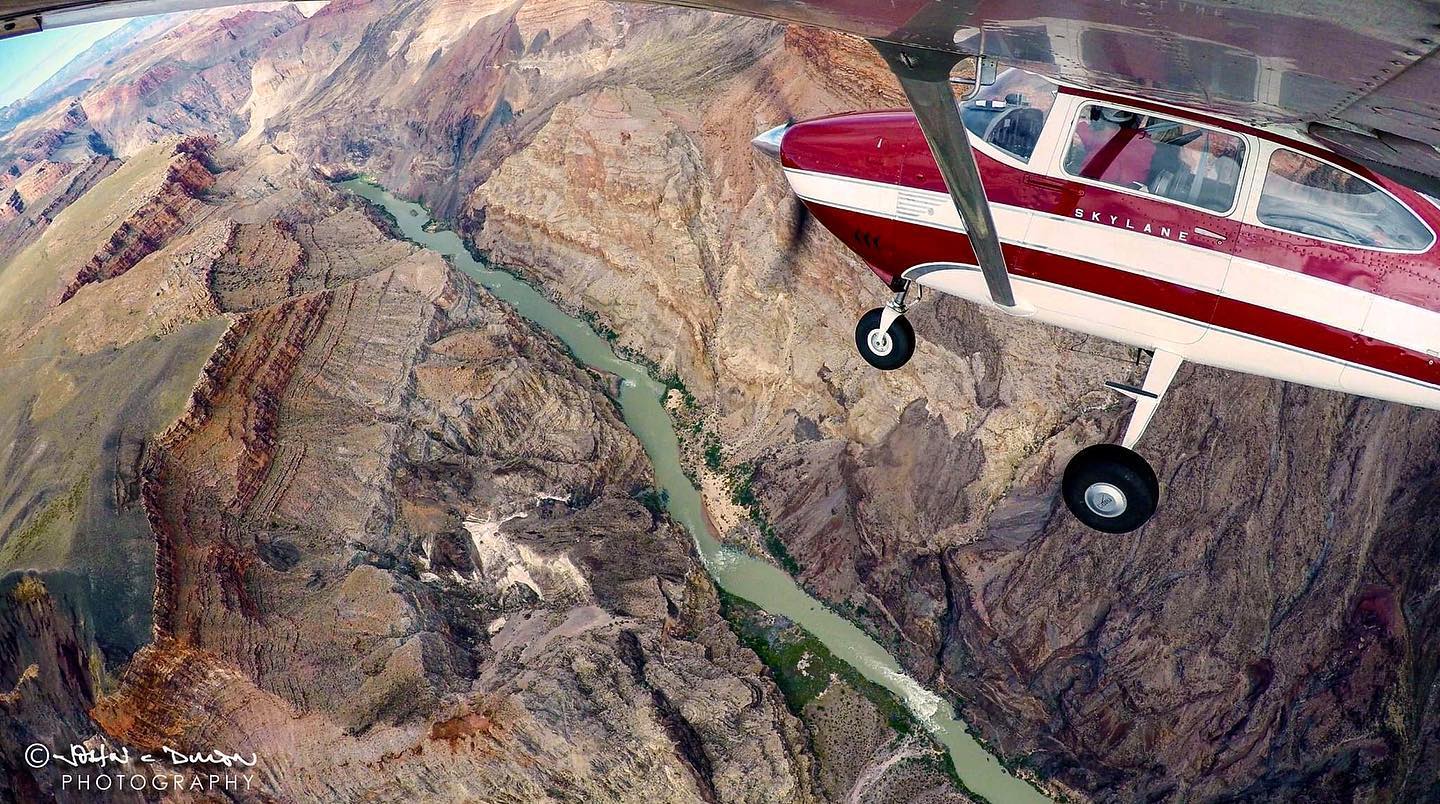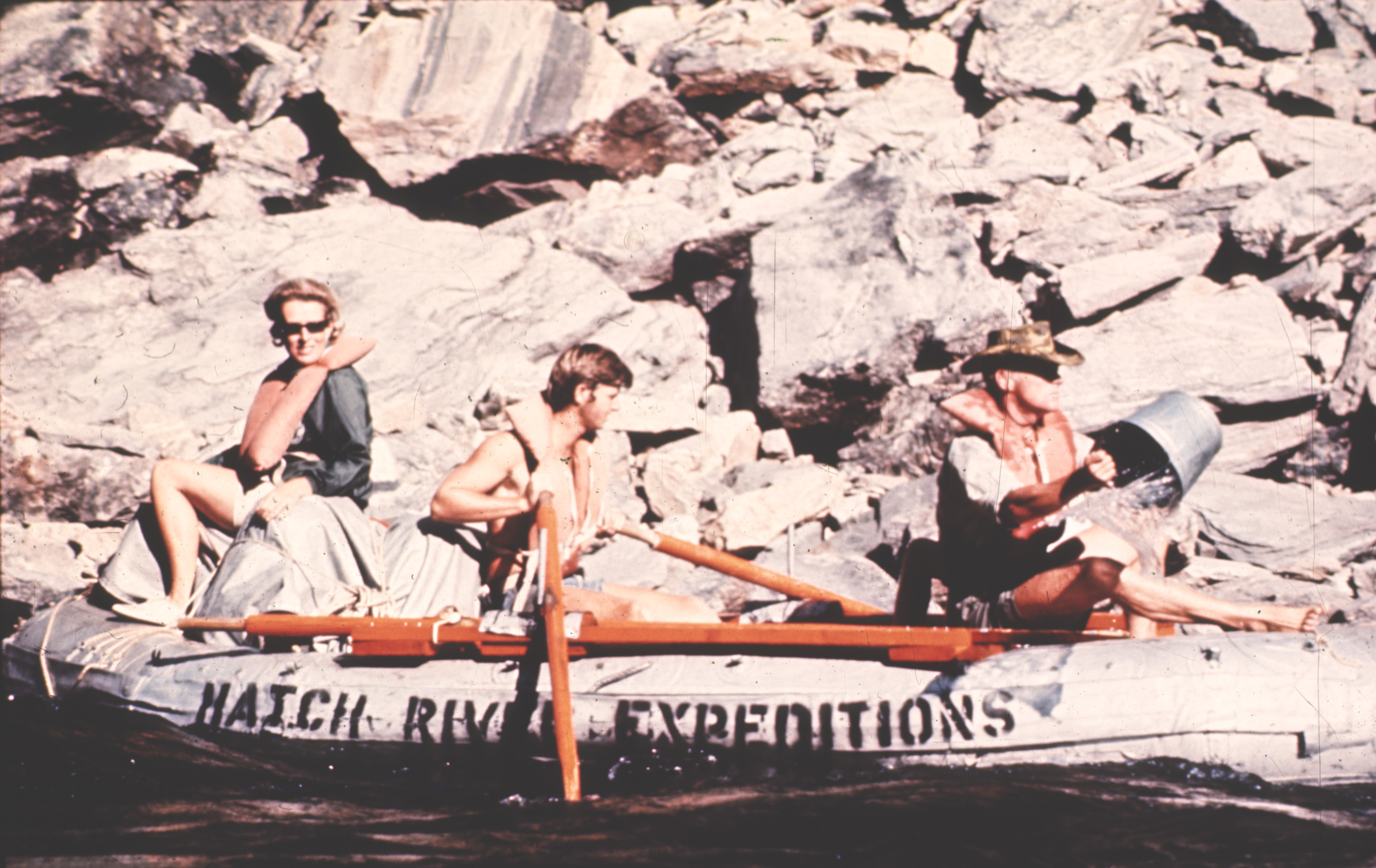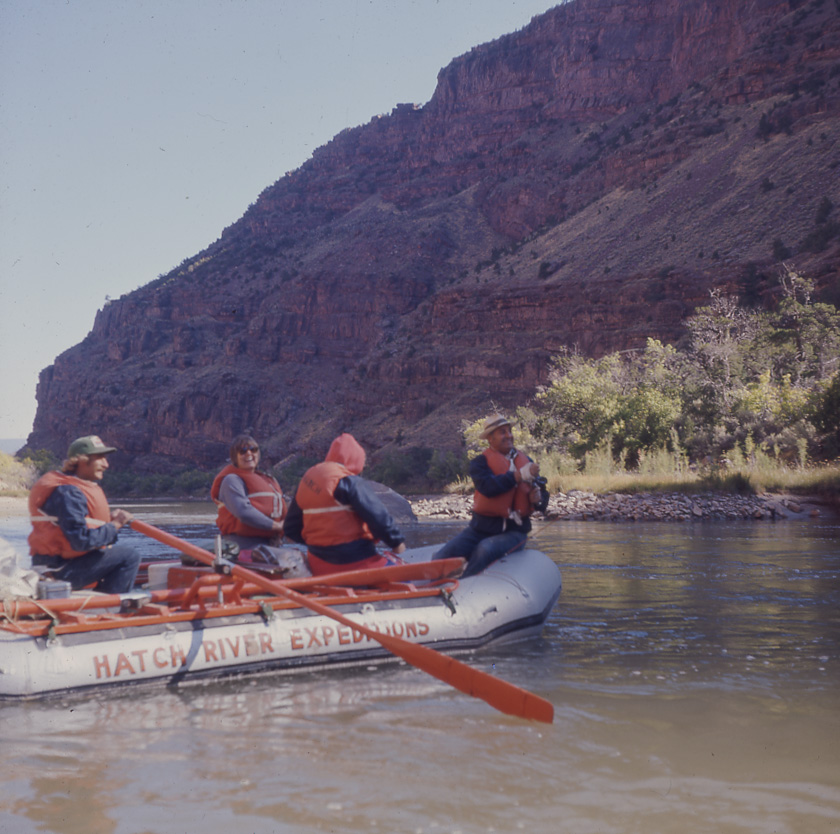Flashback Friday: Ted Hatch on Stanton’s Cave and Vasey’s Paradise
This week on Flashback Friday Ted Hatch speaks about Vasey’s Paradise and Stanton’s Cave. This might be one of the most interesting tidbits about Grand Canyon expeditions from the interview between Elizabeth F. Sowards and Ted Hatch on June 20, 1984.
It is important to note that much of what occurred in the early twentieth century would not be looked kindly upon by modern archaeologists and anthropologists. This was a very different era with men exploring relatively unmapped territory in the rugged wilderness. Ted tells about ancient indigenous items taken from the sites where they were found. Collection of archaeological relics today is not only frowned upon due to it being disrespectful to the indigenous tribes and their ancestors, but in many cases punishable by law. Today, we take only pictures and leave only footprints from these historic places. By sharing these oral histories, we can contribute much to the river community, pass on lessons learned from another generation, and do better going forward.
[Note: We’ve skipped ahead in the interview and removed personal or irrelevant conversations.]
Ted: But on these early expeditions in 1934….I don’t know if you remember Stanton’s Cave….Do you remember Vasey’s Paradise? There where the water tumbles down. It’s about the second day of your trip. You usually stop there and get a drink of cold clear water. There are a lot of ferns and things growing around it. Well, right near there there is a cave which the Park Service has sealed off. But in this first expedition, my dad, and Bill Fahrni, Doc Frazier, Frank Swain and all those guys went up in there. It actually had Indian artifacts sitting on the floor in the cave.
E. Sowards: I remember seeing that cave.
Ted: These little stick figurines they brought out.
E. Sowards: So do you have them?
Ted: No.
E. Sowards: Or did you give them to the museum?
Ted: They were given to a museum.
E. Sowards: Which Museum?
Ted: Northern Arizona University. There was a little sewing kit that we found on a trip that I took. When we stopped at…it’s above Vasey’s Paradise also, and its near… about two miles above on the right….where the skeleton’s in the cave. The skeleton [note: link is “Pleistocene/Holocene Cave Fossils From Grand Canyon National Park”] had been partly removed. Each time someone looks at it they take a bone, until now it is practically gone. But they discovered the skeleton in the cave on that expedition (1934). This one guidebook that I brought up here shows a picture of it, but anyway, I found a sewing kit buried in the sand. It was about an inch-and-one-half deep and the sewing kit was tied. They make string out of this grass and some kind of plant along the river and then braid it. They had it actually tied with little elbow ties, and it had big wooden needles and awls and all…a whole complete thing. It was very neatly packaged. It was right there. It was under the sand about two or three inches. It must be two or three thousand years old.
E. Sowards: Isn’t that something!
Ted: We found pottery down there that we dated to be in the Anazazi Culture. I didn’t bring it, but I’ve got a book on pottery that I should have brought to show you. It has the exact type of pots and that we found.
E. Sowards: I’ve got this one book. Do you have that one with you? The blue one. It’s got some pictures.
Ted: This one doesn’t do as….Well, that one has more information about the Grand Canyon. But this one has got a picture of the skeleton. <redacted portion>
E. Sowards: Did you want to show me something?
Ted: This is the skeleton they found in the cave. That was in 1934 when they hiked up in there. It’s a little depression. It is not a big cave. It’s just a little depression, and there are several of them around there, buy you can see where the Indians would sit up above the river and watch, and it is cool in there.
The one at Stanton’s Cave is a great big cave. It’s just before you get to Vasey’s on the right.
E. Sowards: Now we went up in one cave and they showed us these boulders that had come down from Grand Junction, Colorado. They were up in a cave on the side of the canyon. I thought that was unique.
Figurines and pottery and skeletons, Oh My!
The Grand Canyon was a treasure trove of ancient artifacts and provided fascinating evidence of inhabitants dating back 15,000 years! What it must have been like to explore at a time when the area was relatively untouched by the modern world. Knowledge about the area’s ancient inhabitants adds more interesting context about Grand Canyon, and provide lessons on how to live in harsh conditions and be good stewards of the land.
Look for more in upcoming blogs about rafting Colorado River and preparing for your next Grand Canyon adventure.
Book your 2024 or 2025 river trip today to get a peek at this still rugged wilderness and play your own part in Hatch history!
Don’t forget to get your 90th Year T-shirt or sticker!



